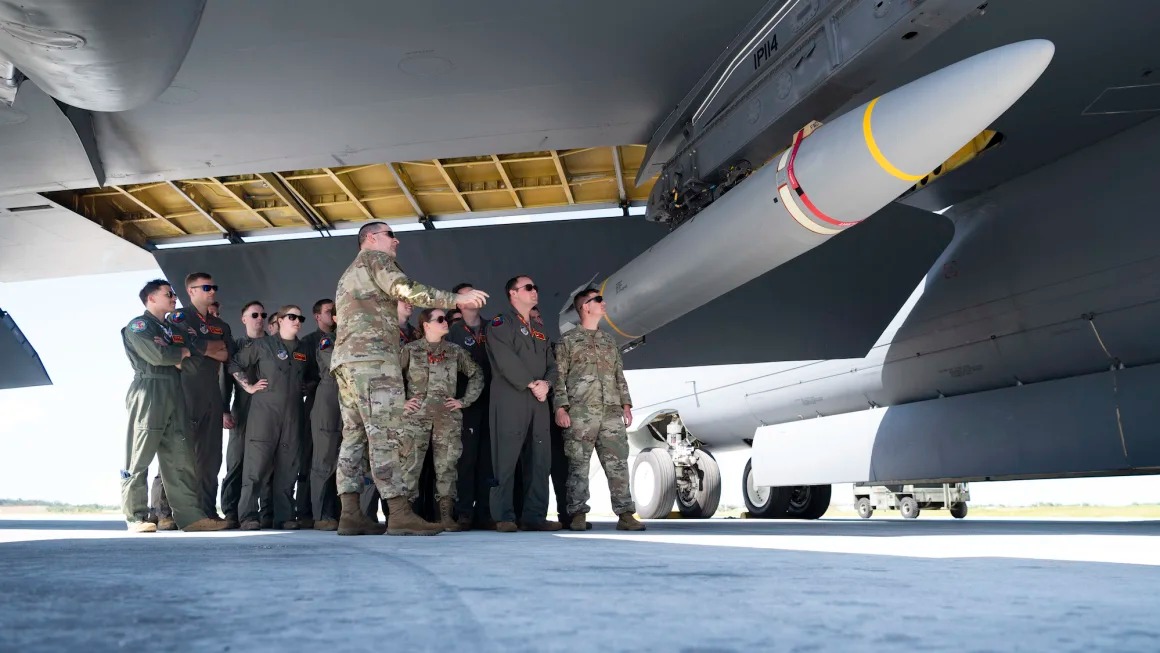The US Air Force has tested its own hypersonic cruise missile in the Pacific Ocean for the first time. According to analysts, the tests are a signal to China that Washington is still competing in the arms arena, where, according to many, Beijing has a clear advantage.

The B-52 bomber, which took off from Andersen Air Base on Guam, fired a prototype operational hypersonic missile on March 17, an Air Force spokesman told CNN.
U.S. Hypersonic Weapons
The test of the hypersonic weapon, officially known as the All-Up-Round AGM-183A Air-launching Rapid Response Weapon (ARRW), took place at the Reagan Test Site on Kwajalein Atoll in the Marshall Islands, almost 2,600 km east of Guam.
The ARRW consists of a rocket booster and a hypersonic glider that carries a conventional warhead and is designed to attack important ground targets.
Hypersonic gliders move at speeds of more than Mach 5, or about 6.5 thousand km/h, which makes it difficult to detect and intercept them. They can also maneuver and change altitude, avoiding modern missile defense systems.
Tests in other countries
China, Russia and North Korea are also actively developing their hypersonic weapons, which poses serious challenges for the United States in ensuring its security and strategic superiority.
China and Russia have already tested hypersonic missiles, noting that they have a certain advantage in this area. Since 2014, China has reportedly been testing hypersonic gliders that can carry nuclear and conventional warheads.
North Korea has also announced the development of hypersonic weapons. Leader Kim Jong Un watched the tests of a new engine for medium-range hypersonic weapons.
Signal to the enemies
Analysts believe that this test should send a signal to Beijing that Washington remains steadfast in strengthening its strategic position in the Pacific region.
U.S. officials did not provide details about the tests. The Air Force has admitted that it does not plan to purchase ARRW for combat use, but it is possible that this decision may change in the future.
The last ARRW tests took place in August and October 2023, but further steps under this program remain uncertain.
The Air Force requested $150 million for ARRW in fiscal year 2024. But, according to a February report by the Congressional Research Service, the National Defense Authorization Act did not allow funding for this program. However, analysts believe that it is too early to cancel ARRW.
Earlier, we explained about Russian Kinzhal missiles.
According to cnn.com
Follow us on Twitter to get the most interesting space news in time
https://twitter.comne/ust_magazine


